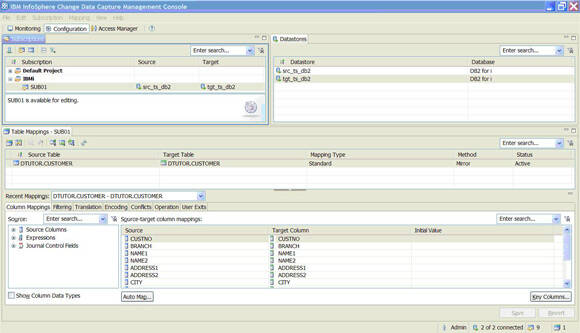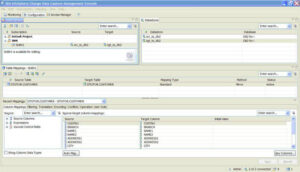Introduction :
IBM DataStage and Informatica PowerCenter are both powerful ETL (Extract, Transform, Load) tools widely used in the banking and insurance sectors (FSI). The choice between DataStage and Informatica often depends on specific requirements, preferences, and the existing technology landscape of an organization. While both tools have their strengths, IBM DataStage is favored by many banks for several reasons:
1. Integration with IBM Ecosystem:
One of the primary reasons banks prefer DataStage is its seamless integration with other IBM solutions and products. This integration can lead to a more cohesive and streamlined data management environment.
2. Parallel Processing and Scalability:
IBM DataStage is known for its robust parallel processing capabilities, enabling the processing of large volumes of data in parallel. This architecture enhances performance and scalability, which is crucial for banks dealing with massive datasets.
3. Enterprise-Level Performance:
DataStage is designed to handle enterprise-level ETL operations efficiently. It can optimize performance even in complex and high-volume data integration scenarios, making it suitable for the rigorous demands of the banking industry.
4. Data Quality and Governance:
DataStage offers comprehensive data quality and governance features. Banks, with a strong emphasis on data integrity and compliance, appreciate these capabilities for ensuring the accuracy and reliability of their data.
5. Metadata Management:
Effective metadata management is critical for tracking and understanding data lineage. DataStage provides robust metadata capabilities that help in maintaining visibility into the flow of data across the organization.
6. Flexibility and Customization:
DataStage offers a high level of flexibility and customization, allowing organizations to tailor ETL processes to meet specific business requirements. This flexibility is valuable in the banking sector, where data integration needs can vary widely.
7. Built-In Connectors and Adapters:
DataStage comes with a variety of built-in connectors and adapters for various data sources and targets. This pre-built connectivity can expedite the integration process and reduce development time for banks with diverse data ecosystems.
8. Cost Considerations:
The licensing and overall cost structure of DataStage may be more favorable for some organizations compared to alternatives like Informatica. Cost considerations often play a significant role in the decision-making process.
9. IBM Support and Services:
Organizations, especially in highly regulated industries like banking, often value the support and services provided by vendors. IBM’s reputation for enterprise support can be a deciding factor for banks when choosing DataStage.
10. Robust Job Design and Monitoring:
DataStage offers a visual and user-friendly interface for job design and monitoring. This can enhance the productivity of developers and data engineers, leading to faster development cycles.
Important Note:It’s essential to recognize that the choice between IBM DataStage and Informatica depends on various factors such as specific project requirements, existing technology stack, expertise within the organization, and budget considerations. Informatica, too, is a widely used ETL tool with its strengths in areas like ease of use, extensive community support, and third-party integrations. The decision should be based on a thorough evaluation of the specific needs and constraints of the organization |




